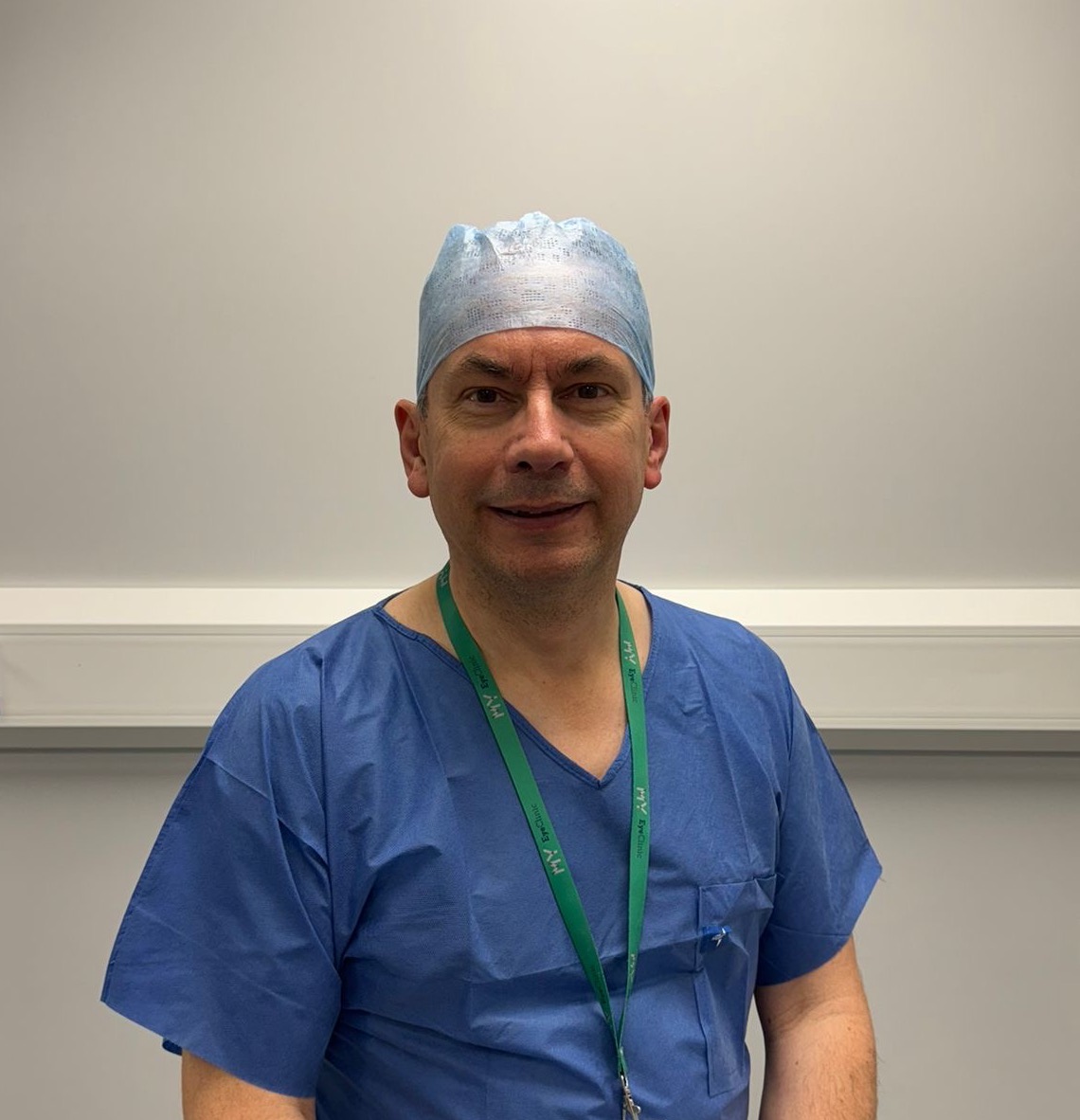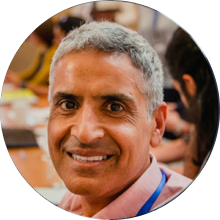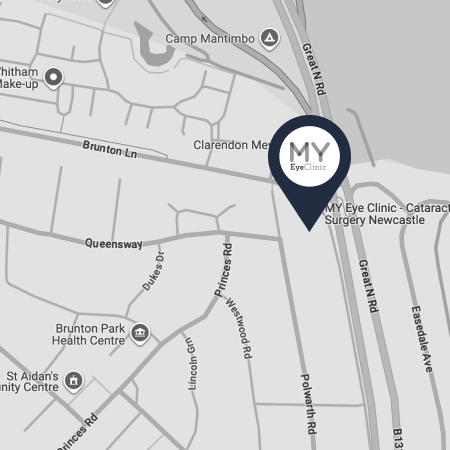LASEK and TransPRK: Your vision correction questions answered
Explore how these advanced treatments can free you from glasses and contacts with clear answers to all your frequently asked questions
TransPRK: TransPRK is a modern type of laser eye surgery that doesn’t require any cuts. It works to improve blurry vision without needing to touch the eye much. This makes it a good option for people with thin corneas (the clear front part of the eye) or those whose eyes are shaped differently. It’s also a good choice for people with active jobs or those who play sports. TransPRK is known for being gentle because it doesn’t use blades.
LASEK: LASEK, or Laser Assisted Sub-Epithelial Keratectomy, is another option for people with thin corneas or medical conditions that make other surgeries harder. LASEK uses a laser to correct vision and reduce blurriness. This option is often recommended for people who may not be suitable for other types of eye surgery.
How TransPRK works: With the SCHWIND AMARIS laser it is possible to carry out no-touch, all-laser surface ablations known as TransPRK (Transepithelial Photorefractive Keratectomy). The epithelium, which is the regenerative surface of the eye, is ablated by the laser system avoiding the eye coming into contact with any surgical instrument. SmartSurfACE is an innovative eye laser surgery method that combines the benefits of touch-free TransPRK surface treatment with SmartPulse technology to give an impressively smooth corneal surface. Healing is typically 2 days faster than with earlier surface laser treatments such as LASEK.
How LASEK works: With LASEK surgery instead of rubbing off the surface epithelial cells before lasering the corneal surface, the epithelial cells are lifted as an intact flap. The laser computer then calculates precisely how much of the corneal surface to remove, in order to precisely correct your eyesight.
TransPRK:
Advantages:
- TransPRK doesn’t involve cutting into the eye, which reduces the risk of complications.
- There’s also less chance of developing dry eyes afterward. It’s a good option for people who play contact sports since nothing touches the eye except to keep it open.
- TransPRK works well for those with very blurry vision or thin corneas.
- The procedure itself is quick, usually taking about 5 minutes per eye.
Disadvantages:
- During the first few days of healing, your eyes might feel sore or itchy.
- It takes about 5 days for the surface cells of the eye to heal, so some recovery time is needed.
- You’ll also need more follow-up visits to check on your progress after the surgery.
LASEK:
Advantages:
- LASEK avoids the issues related to cutting and lifting a flap in the cornea, which can happen with other surgeries like LASIK.
- There’s also a lower chance of developing dry eyes after the procedure.
Disadvantages:
- The healing process takes longer with LASEK compared to LASIK, and the recovery period can be more uncomfortable.
- There’s also a slightly higher risk of infection after LASEK than with LASIK.
TransPRK Risks:
- The clearest vision you can get with glasses might be a bit less clear than before.
- At night, you might see bright circles around lights or see double.
- Your eyes might feel very dry, sometimes for a long time
- For about one to three months after surgery, your eyes may be more sensitive to bright lights, which could cause discomfort.
LASEK Risks:
- After LASEK, you might experience blurry vision, see halos around lights, or notice bright spots.
- Sometimes, the vision correction may not be as expected, and you may need another procedure or still require glasses or contacts for certain tasks.
- Your eyes could feel dry, and there is a chance of infection or the sensation of something being in your eye.
When you come for your first check-up, we will examine your eyes and discuss what treatments might work best for you. Every person is different, so the choice will depend on your specific eye needs.
Here are some options for treating your eyes:
- LASEK and TransPRK: These are laser treatments that reshape your eye to improve your vision, helping you see better without needing glasses or contact lenses.
- Other eye surgeries: Other surgeries, like LASIK or lens-based surgery, may also help you see clearly without glasses or contacts.
- Glasses or contact lenses: If you prefer, you can continue using glasses or contact lenses to improve your vision without surgery.
We will go over all the options and help you choose what’s best for you.
TransPRK Steps:
- We’ll begin by putting numbing drops in your eye and using a tool to keep it open.
- The doctor will position your eye in line with the laser.
- While you focus on a soft green light, the laser will gently remove the surface layer of your eye.
- The laser will reshape the clear front part of your eye (the cornea) to improve your vision.
- A soft contact lens will be placed on your eye to protect it while it heals.
LASEK Steps:
- We’ll use numbing drops in your eye and a tool to hold it open.
- The doctor will make a gentle cut on the surface of your eye and move that layer aside to access the cornea.
- The doctor will then use the laser to reshape the cornea.
- The surface layer is carefully placed back, and a soft contact lens is applied to protect your eye as it heals.
After having LASEK or TransPRK eye surgery, many people can see clearly without glasses or contact lenses. Most will achieve vision as clear as 20/20. Almost everyone reaches 20/40 vision or better, which is good enough to drive. How much your vision improves depends on your eye condition before surgery.
If the results aren’t as expected after the first surgery, you may be eligible for a follow-up procedure at no extra cost. Some people might still need glasses or contacts, but the prescription will be much weaker, meaning their vision is much better than before.
LASEK or TransPRK makes life easier. You can wake up and see clearly without reaching for your glasses. You can enjoy sports, swimming, and outdoor activities without worrying about glasses or contacts. It feels amazing to have clear vision from morning until night. This surgery helps you live freely, making everyday activities more enjoyable.
3 Simple steps to clear vision without glasses and contacts
Laser eye surgery doesn’t have to be complicated. We’ve streamlined the process to make your path to glasses-free living easy and stress-free

Step 1: Get in touch
Ready to explore life without glasses or contacts? Your journey begins with contacting us. Give our friendly team a call on 0191 917 8887 or use our easy online calendar to book a free appointment.

Step 2: We'll meet
At your consultation, we’ll evaluate your eyes, discuss your lifestyle, and answer all your questions. You’ll receive a customised recommendation for the best laser vision correction option for you, giving you clarity and confidence in your decision.

Step 3: Enjoy freedom
After your laser treatment, you’ll experience the freedom of a life without glasses or contacts. Many patients are amazed by how quickly their vision improves and how much easier everyday activities become. Say goodbye to visual limitations and hello to a brighter, clearer future!
Join thousands who’ve gained freedom from glasses and contacts
Discover how they ditched their dependence and see how you can, too
We have replaced the images of real patients who provided these testimonials to protect their privacy.

Hi, I’m Rob Boyce
After training as an engineer and research scientist, I pursued medicine at Nottingham University, followed by advanced ophthalmology training. With over 20 years as a Consultant Ophthalmologist specialising in Oculoplastic and Lacrimal Surgery, I’m committed to delivering the highest quality care at MY Eye Clinic, using cutting-edge techniques and patient-centred care.
Mr Rob Boyce
Founder and Owner of MY Eye Clinic









